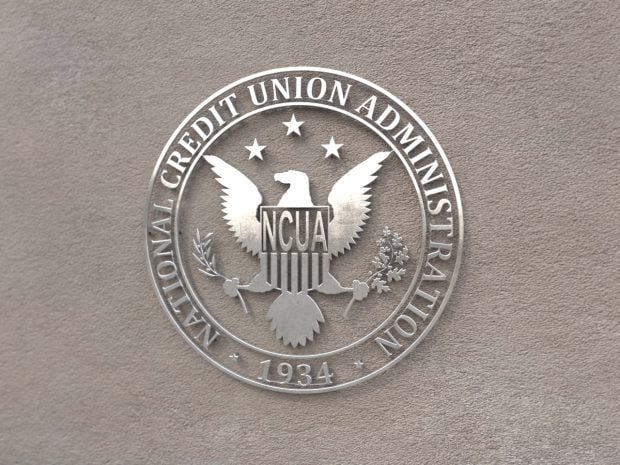CAMBRIDGE, Mass. — Strong community relationships have always been the forte of credit unions, but a new type of company may soon be jockeying for the role of friendly financier. Enter the United Kingdom's peer-to-peer (P2P) lending marketplace, Zopa.
Zopa emerged in March 2005 as a means of connecting mom-and-pop lenders to consumers seeking small, unsecured loans. It functions on the eBay philosophy: match buyers and sellers in a controlled environment, and everybody wins, according to a new report from Forrester Research Inc.
Zopa commercializes the fickle P2P lending process by screening buyers and controlling risk. More than half of potential applicants are rejected because of their credit record alone, according to Zopa Chief Operating Officer James Alexander. Qualified applicants are then categorized by credit history to await those four magic words: "Zone of Possible Agreement."
Recommended For You
The Zone of Possible Agreement (where Zopa got its name) is where a borrower's bid overlaps with a lender's bid. At the direction of the top three British credit agencies, an interest rate is determined and the money is lent.
On the lender side, Zopa limits investment opportunities to 25,000 pounds for between six months and five years. (A British pound is worth about $1.85.) Then, the lender's investment is distributed across at least 50 borrowers to minimize credit risk.
Zopa is banking on the concept that these features can undercut traditional lenders, which could include credit unions.
"We can operate more efficiently than traditional lenders because of structural advantages," Alexander says in the Forrester report. Because the company is not technically a bank, it avoids capital adequacy rules while maximizing operating efficiencies through outsourcing.
Zopa is also enjoying the combined benefits of a unique customer base and strategic marketing. Borrowers tend to be self-reliant, community-oriented "freeformers" like freelance writers, entrepreneurs and small businessmen whose models don't fit the bottom-line philosophy of most lenders. By combining that ethos with a sense of belonging in ads on search-engines and price-comparison sites, Zopa has attracted more than 72,000 members.
Zopa's success means that P2P lending is here to stay, Forrester says. But would it work outside the U.K.? Zopa plans to find out.
This spring, Zopa raised an additional $15 million American to prepare for a U.S. launch. However, the company will face some challenges here.
First, Zopa's current success rates are skewed because it paid an additional 2% to some lenders and offered new borrowers up to $50 to join. When it is forced to relinquish the free-money business model, Zopa's price-sensitive free-formers may begin looking for better incentives, Forrester says.
Despite its well-devised marketing plan, Zopa also seems to lack the funds for a big media debut.
"Zopa probably can't sustain a big advertising push," says Benjamin Ensor, lead author of the Forrester Report. With a profit of just 25 pounds on a 5,000-pound loan, he estimates that it doesn't have the sales volume to sustain large marketing coffers.
Finally, the success of any P2P marketplace like Zopa ultimately depends on investors and consumers.
"We think attracting investors will prove Zopa's big challenge," Ensor says. The risks of the consumer credit game are considerable compared to similar investments, he says.
Meanwhile, Zopa faces the challenge of educating consumers and assuaging their fears about the new lending format, the report says. –[email protected]
© 2025 ALM Global, LLC, All Rights Reserved. Request academic re-use from www.copyright.com. All other uses, submit a request to [email protected]. For more information visit Asset & Logo Licensing.







